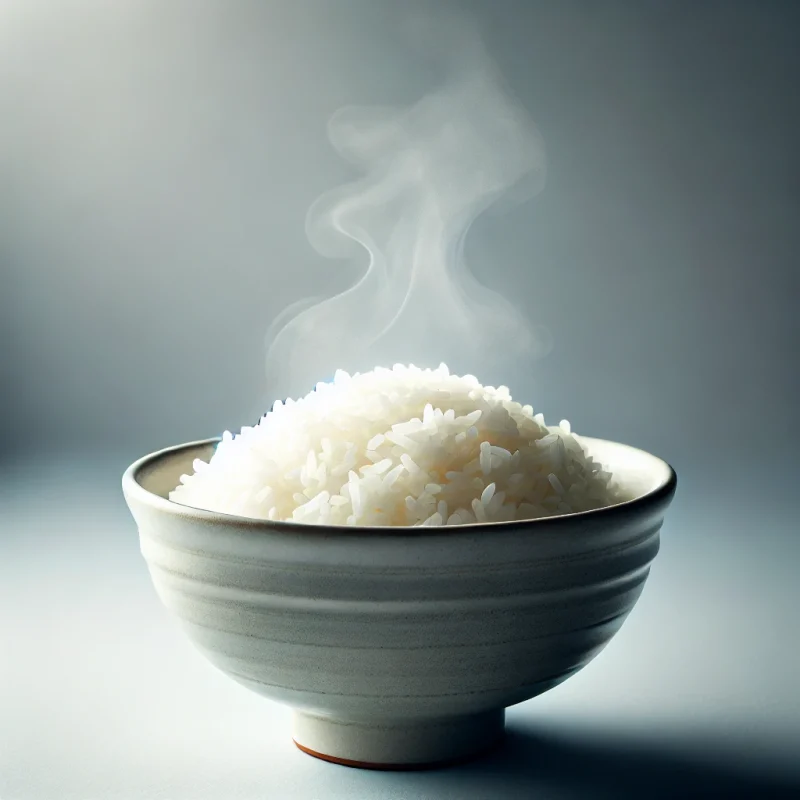
Durban Curry, renowned for its rich spices and aromatic flavors, is a beloved dish for many. However, for those who struggle with high blood sugar, the starchy sides like white rice often cause concern.
It’s not the curry itself, but the carbohydrate-heavy accompaniments that can lead to blood sugar spikes. Fortunately, there’s a way to prepare rice that reduces its impact on blood sugar: starch resistant rice.
Understanding Starch Resistant Rice
Starch resistant rice is prepared in a way that increases the resistant starch content, which is less digestible and thus has a lower glycemic impact. Resistant starch acts more like fiber than a carbohydrate, slowing down the absorption of glucose into the bloodstream. This makes it a healthier option for individuals managing their blood sugar levels.
The Science Behind Resistant Starch
Starches are classified into two types: digestible starch and resistant starch. Digestible starches break down into glucose and cause a rapid increase in blood sugar. Resistant starch, on the other hand, bypasses the small intestine and is fermented in the large intestine, producing beneficial short-chain fatty acids and having minimal impact on blood sugar levels.
The cooling process is what transforms some of the digestible starch into resistant starch. This means you get to enjoy the heartiness of rice while minimizing the impact on your blood sugar.
When rice cools, the starch molecules rearrange themselves in a process called retrogradation. This forms a type of starch called resistant starch, which is less digestible and has a smaller impact on blood sugar levels.
Simple Method for Preparing Starch Resistant Rice
Here’s a straightforward method to prepare starch resistant rice at home:
Ingredients:
- 1 cup of white rice
- 2 cups of water
- 1 teaspoon of coconut oil
Instructions:
- Cooking the Rice:
- Rinse the rice thoroughly to remove excess starch.
- Add the rice, water, and coconut oil to a pot and bring to a boil.
- Once boiling, reduce the heat, cover, and simmer for about 20 minutes until the rice is cooked.
- Cooling the Rice:
- After cooking, let the rice cool at room temperature for 30 minutes.
- Transfer the rice to the refrigerator and chill for at least 12 hours. This cooling process allows the formation of resistant starch.
- Reheating:
- When ready to serve, reheat the rice gently without boiling to retain the resistant starch content.
This method increases the resistant starch in the rice, making it a better choice for those monitoring their blood sugar levels.
Enjoying Durban Curry with Starch Resistant Rice
By preparing starch resistant rice, you can enjoy your favorite Durban curry without the worry of significant blood sugar spikes. This method doesn’t compromise the taste or texture of the rice, allowing you to savor your meal while making a healthier choice.
Disclaimer
This article is for informational purposes only and should not be considered medical advice. Please consult with a healthcare professional before making any changes to your diet, especially if you have underlying health conditions or concerns about blood sugar management.
Citations
With this knowledge, Durban curry lovers can indulge in their favorite dishes while keeping their health in check. Enjoy the rich flavors and spices of Durban curry, paired with a healthier, starch resistant rice.



